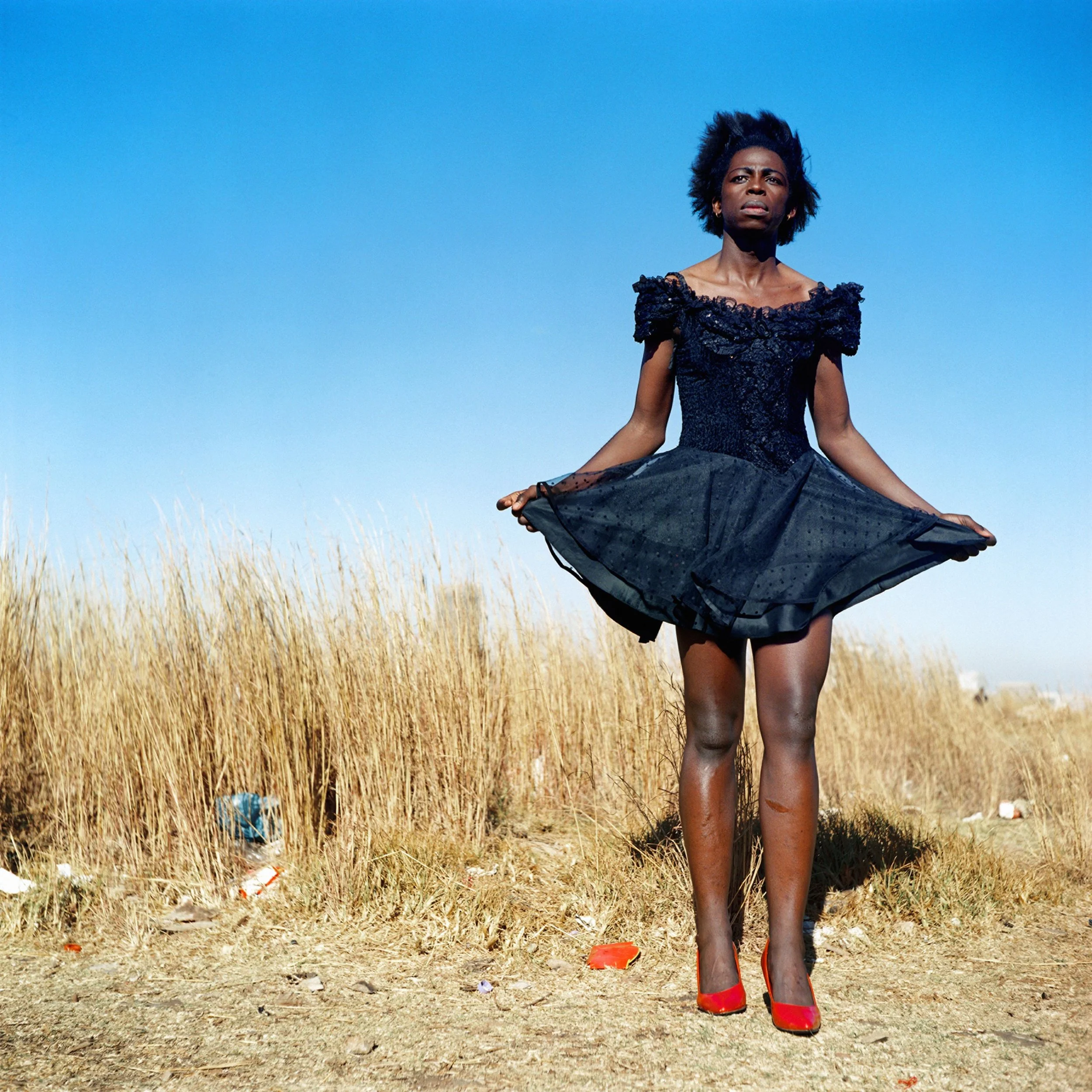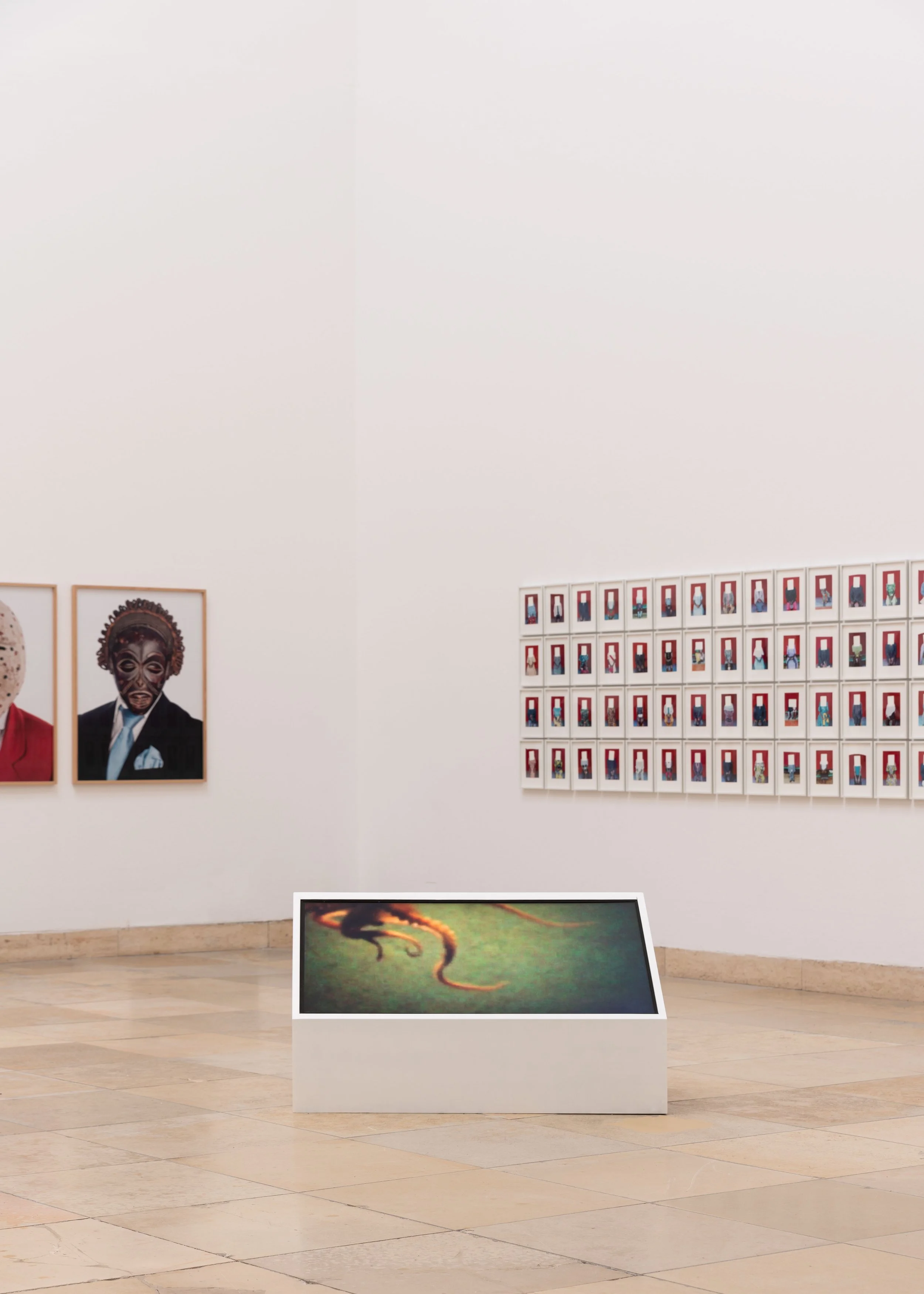Exhibition Review: Haus Der Kunst | Trace: Formation of Likeness
Trace – Formations of Likeness. Photographes and video from The Walther Collection, Installation View, Haus der Kunst, 2023. Photo: Maximilian Geuter
Written by Jaden Zalkind
Photo edited by Billy Chen
Copy edited by Kee’nan Haggen
Trace–Formations of Likeness from the Walther Collection, on display at the Haus der Kunst Museum in Germany, encompasses many cultures and artists, allowing the audience to experience different perceptions and parallels of history. The substantial range of this exhibition encircles works from the last three centuries, which are brought together by artists from Africa, America, Europe, and Asia. Although this exhibition comprises works from different artists worldwide, the focus is on creating images and representations of the real and the imaginary. Tracing societal transformation across cultures of people and objects is used to shape identity and advocate for social change through the subversive strategy of visibility.
Trace – Formations of Likeness. Photographes and video from The Walther Collection, Installation View, Haus der Kunst, 2023. Photo: Maximilian Geuter
The series' display of the fight against social injustice is compelling. The extensive and diverse works on display offer the audience a global context to reflect on the different trajectories of photography. The comparison of lifestyles through imagery allows the audience to see what these people are going through. The collection also proposes an instrument for self-empowerment and formation.
Unidentified Photographer (American), “Bobbie”, CA, 1963. © Der Künstler. Courtesy The Walther Collection, Neu-Ulm / New York.
@Zanele Muholi. Miss D’vine II, 2007. © Zanele Muholi. Courtesy Yancey Richardson, New York and The Walther Collection, Neu-Ulm / New York.
An untitled piece by an anonymous artist photographs a middle-aged, transgender American woman sitting on the couch. The plain background is easily overlooked and outshined by the bright red dress and lipstick. The half-smile insinuates joy, combatting the photograph's bleak setting. Zanele Muholi’s piece, “Miss D’vine II,” photographs a young, transgender African woman in South Africa. The background is filled with a vibrant blue sky with a rugged floor packed with brown weeds and garbage. The person in this photograph is wearing a black dress with red heels while peering off into the distance, producing a lustrous expression.
@Zanele Muholi. Miss D’vine I, 2007. ©Zanele Muholi. Courtesy Yancey Richardson, New York and The Walther Collection, Neu-Ulm / New York
The contrast between these two pieces is something that is seen throughout the entirety of this exhibition. The different settings and clothing speak volumes when connected to the culture and the style of the photography used by the artist. The content and joyous and content expression displayed by the American is perfectly opposed to the expression of the South African in Muholi’s piece. When compared and analyzed, the simple facial expressions of these two people can tell the viewer a lot about the person and their lifestyle. The American seems to live a comfortable lifestyle that they are very content with, while the South African appears to have a longing desire for something more. The facial expressions and settings tell us how those people are accepted into their society with their identity change. The American appears to be going about their life as they would their whole life, while the South Africans seem excluded and banished from the normalities of everyday life.
@Seydou Keïta. Untitled, 1952-1955. ©Seydou Keïta. Courtesy The Pigozzi Collection, Geneva und The Walther Collection, Neu-Ulm / New York.
From different settings to disparate clothing styles, Trace–Formations of Likeness encompass many cultural and historical diversity aspects. The pieces may be relatively simple, but the underlying history and message behind the works are nothing short of evocative. The expansive pieces offer the audience a fascinating exhibition of different lifestyles and personalities.
To view more, please visit Haus Der Kunst’s website.













